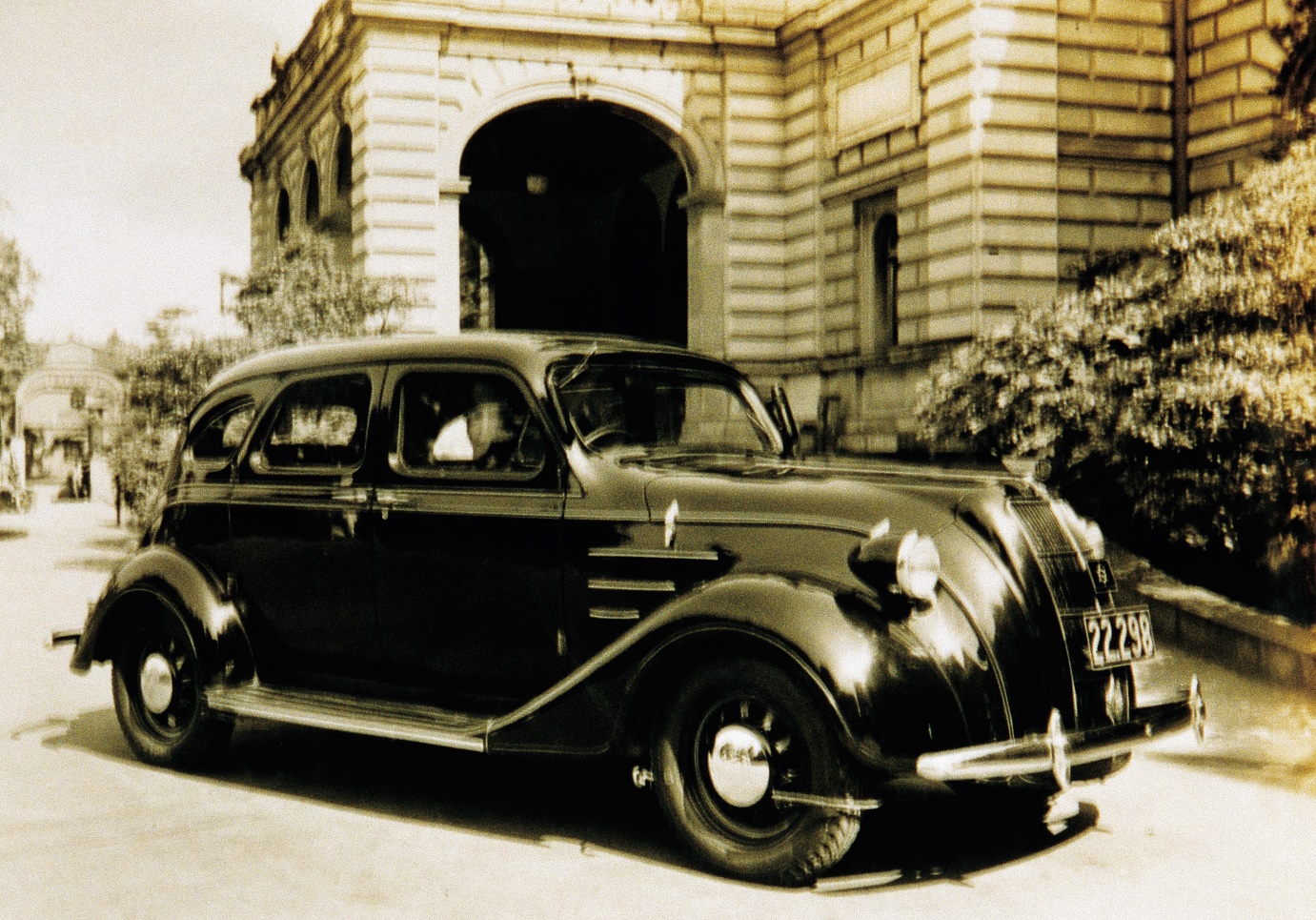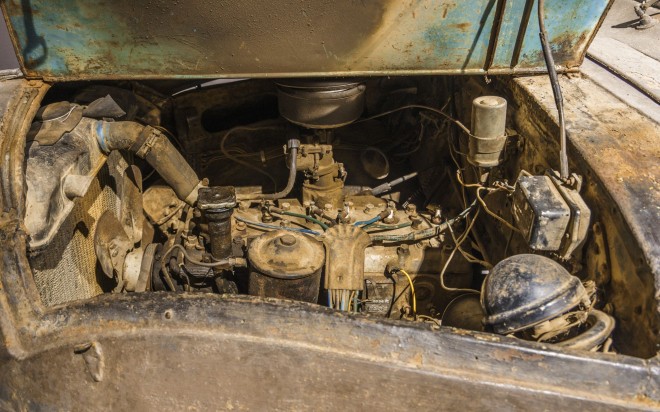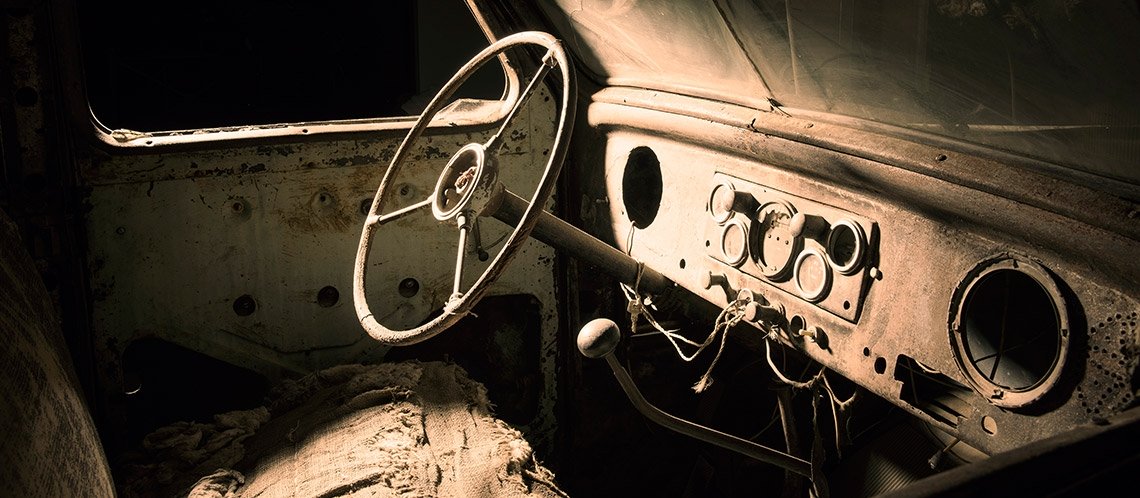History of Toyoda AA
The Toyoda Model AA began in 1936 when it became the first Toyota branded car, produced by the Automotive Department of the Toyoda Automatic Loom Works. This car is the result of the dreams and vision of Kiichiro Toyoda, who was inspired by visits to American car factories and car models.

Steam
During its six years of production, from 1936 to 1942, only 1,404 Toyoda Model AA cars were built. This model was originally designed with many similarities to the Chrysler Airflow, a famous car model in the United States at that time.
Along with its aerodynamic design, the Toyoda Model AA’s 3.4-liter, 6-cylinder engine was developed based on proven engine types in the United States.

1936 Toyoda AA. Photo: Daily Car News
A competition to find a new name for the company took place in 1937, and ultimately, the name “Toyota” was chosen, reflecting the belief in good fortune with fewer strokes of the pen than the original founder’s name, “Toyoda.”
By 1942, the production of the Model AA ended, leaving behind a rare and valuable legacy. The only surviving example of this car model was identified when a 1936 Model AA was discovered in Russia, after a complex 7-month investigation and negotiation process, and finally brought to the Louwman Museum in the Netherlands.
This Toyoda Model AA is not only a historically significant item for Toyota but also an important milestone in recording the development of the Japanese automobile industry. It is also the only pre-World War II car still in existence today from Toyota.
Some distinctive features of the Toyoda AA design
According to VnExpress, the car’s design stands out with large wheels, wide rear doors that end in a raised section at the rear and a rounded rear-end design. The front of the car is balanced and tidy with three thin lines running along both sides, creating an aerodynamic feel.

Engine compartment in a Toyoda AA found in Russia. Photo: Toyota UK
The car’s interior still retains its “agricultural” style. The standout feature is the three-spoke wooden steering wheel, which is different from the steering wheels on modern cars. The dashboard is a horizontally mounted piece of wood with small chrome-ringed gauges on top, center switches.
A special feature of the car is the sound of the horn, designed to sound like the horn used by street vendors, with a loud “To-Fu,” “To-Fu,” sound to avoid frightening animals on the road.
The most unique feature of the Toyoda AA: Left-hand drive

Toyota AA – the first car of Toyota

Left-hand drive steering wheel of the Toyota AA
The Toyoda AA was produced in 1936 when Japan was expanding its influence in territories such as Taiwan (China) and the Korean Peninsula, where driving on the right side of the road and having a left-hand drive was the norm, similar to the United States and many other regions around the world at that time.
Therefore, the fact that the Toyoda AA has a left-hand drive could reflect international standards as well as the desire to export cars to markets outside of Japan.












